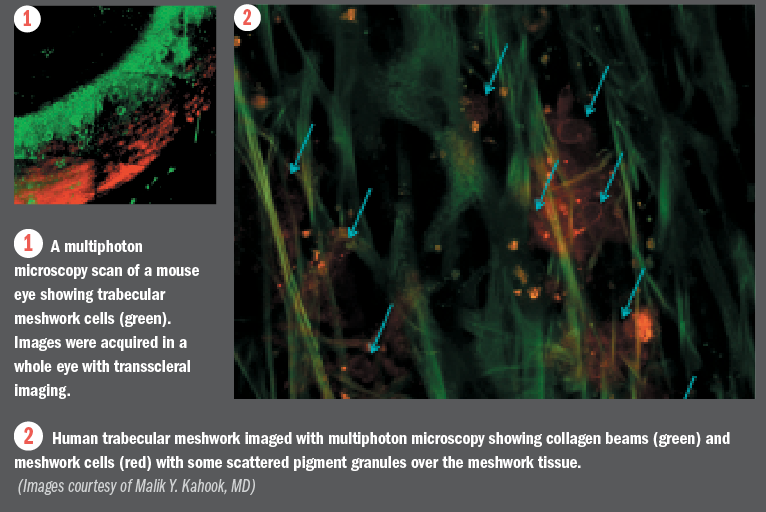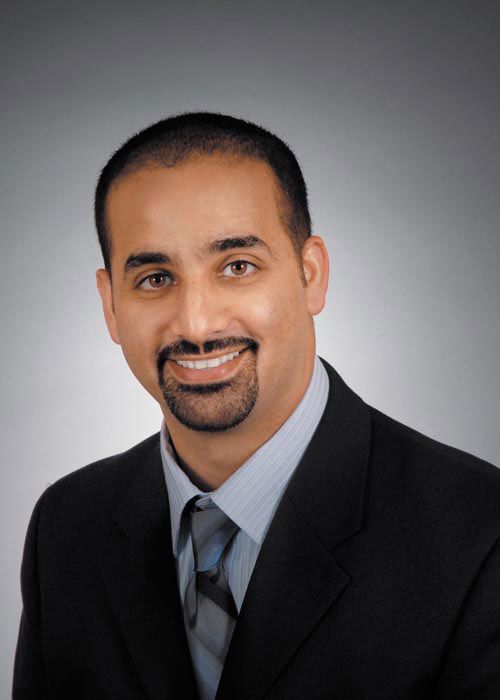Article
Glaucoma diagnostics research focuses on novel, existing tools
Glaucoma experts analyze the hardware and software developments that came out of 2013, while noting several changes that still need to be addressed for the best utilization of the technology.
Take-Home
Glaucoma experts analyze the hardware and software developments that came out of 2013, while noting several changes that still need to be addressed for the best utilization of the technology.

Dr. Schuman
No major diagnostic advances for glaucoma emerged in 2013, so optical coherence tomography (OCT) continued to take center stage with increasing clinical use and ongoing software and hardware development.
“Spectral domain OCT (SD-OCT) technology continues to get faster with new devices offering scanning speeds upwards of 70,000 A-scans per second,” said Joel S. Schuman, MD, Eye and Ear Foundation professor and chairman of ophthalmology, University of Pittsburgh School of Medicine (UPMC), and director, UPMC Eye Center. “The faster scanning allows more data to be collected with less artifact and improved scan quality.”
Observing that SD-OCT is becoming more widely adopted in clinical practice, Dr. Schuman stressed that this increasing use bespeaks a need for compatibility between platforms.

Dr. Fechtner
“There is a need for standardization of scanning routines and the ability to use data interchangeably between devices,” he said. “We know this can be done because we have developed software for universal data analysis in our laboratory. Without this capability, clinicians cannot compare findings from serial scans performed using different platforms, and patients are the ones who lose.”
Dr. Schuman also noted a need to provide clinicians with the actual digital data from the OCT delivered directly into their electronic health record (EHR).
“Imagine if a Word document created on one computer could not be used on another computer made by a different manufacturer,” he said.
There is also intense interest in developing software that integrates structural and functional measures for glaucoma diagnosis and monitoring, as well as programs for combined analysis which becoming commercially available.
“It isn’t totally clear yet that this new software provides a benefit to the patient or physician in allowing earlier or more accurate detection of disease or its progression,” said Dr. Schuman. “However, this is an exciting new field and certainly a step in the right direction.”
Robert D. Fechtner, MD, noted that EHRs likely provide an excellent opportunity for creating and using analytic tools integrating data from structural and functional testing. Rather than clinicians trying to assimilate the findings from visual function testing and diagnostic imaging, software could be developed that would automatically analyze the multitude of data contained in the EHR.
“Once we get beyond the basics of what EHRs are required to do, these systems have great clinical informatics potential, including as a tool allowing us to better care for our glaucoma patients,” said Dr. Fechtner, professor, Institute of Ophthalmology and Visual Science, and director, glaucoma division, Rutgers-New Jersey Medical School, Newark.

Imaging beyond structure
Malik Kahook, MD, and colleagues at the University of Colorado are among groups of researchers developing multi-photon microscopy as a new imaging modality for ophthalmology.
The laser-based technique images tissue structure, but with subcellular resolution, and it is also able to assess tissue function.
“Multi-photon microscopy is still at an early stage of investigation,” said Dr. Kahook, The Slater Family Endowed chair in Ophthalmology and professor of ophthalmology, University of Colorado, Denver. “However, there has been encouraging progress during the year and we are very excited about its potential.”
He explained that the technology could potentially allow clinicians to assess the function of cells in the outflow system, as well as investigate the oxidative stress effects in the cornea and retina.

Dr. KahookFuture goals include gathering structure and function information simultaneously with the same device and creating software that will allow for faster acquisition of larger datasets.
“Multi-photon microscopy can also image lipid in and around cells and might help elucidate information about metabolic function that is poorly understood today,” he said. “We are also using this platform for drug discovery and have teamed up with industry partners to augment their R&D enterprise.”
Joel S. Schuman, MD
Dr. Schuman receives royalties for intellectual property licensed by Massachusetts Institute of Technology and Massachusetts Eye and Ear Infirmary to Zeiss.
Malik Kahook, MD
Dr. Kahook is a consultant to Alcon, Allergan, ClarVista Medical, Aerie Pharma and the FDA. He has intellectual property interests with AMO, Glaukos, New World Medical, Oasis, ClarVista Medical, and Prospex Medical.
Robert D. Fechtner, MD
Dr. Fechtner is a consultant to Alcon and Zeiss.
Subscribe to Ophthalmology Times to receive the latest clinical news and updates for ophthalmologists.
Newsletter
Don’t miss out—get Ophthalmology Times updates on the latest clinical advancements and expert interviews, straight to your inbox.




